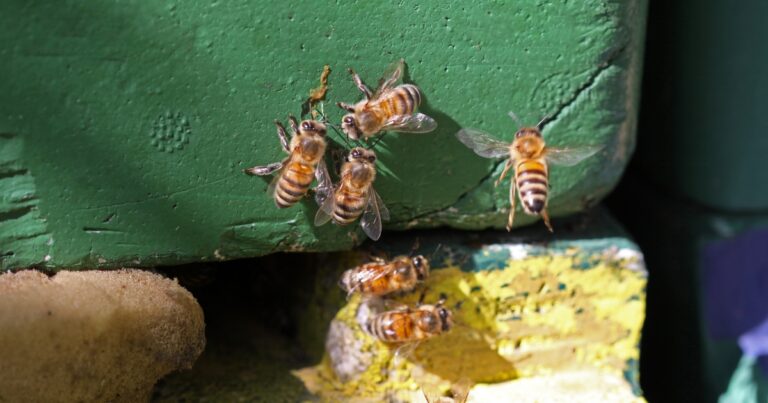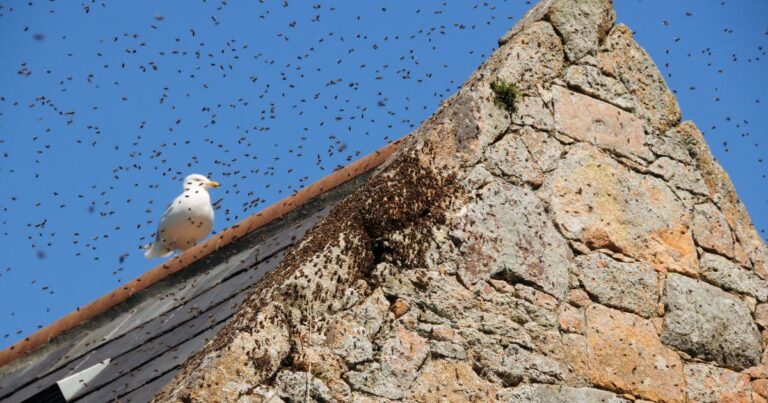The Langstroth Hive
The Langstroth Hive The Langstroth hive was originally patented by American apiarist Lorenzo Lorraine Langstroth in 1852, before being manufactured around 1920. Langstroth – often…
The Langstroth Hive
The Langstroth hive was originally patented by American apiarist Lorenzo Lorraine Langstroth in 1852, before being manufactured around 1920. Langstroth – often hailed as the “father of American beekeeping” – determined a need for a new type of hive when he noted a lack of “bee space” in the one he was using. He examined the fact that when his bees had less than 9mm of space to move, they would stop building honeycomb in that area of a hive. He started to experiment, making more spacious, top-opening hive designs. Despite other previous and alternate versions – notably Francois Huber’s leafe or book hive or 1789, and August von Berlepsch’s frame-movable side-opened hive of 1852 – Langstroth’s hive opened from the top. Its unique and efficient model led to the Langstroth hive design being the chosen and preferred hive for beekeepers all over the world.
This model of hive has continued popularity. Despite having different dimensions, the modern Langstroth hive retains the main features of the original. It allows space for the bees and easy access for the beekeeper, which makes management of the beehive easier and a better quality of life for the insects. The original model had a portico entrance, integrated floor and non-removable brood box, a single removable honey box that sat inside an outer box that extended from the brood box, and a hinged roof. This has continued to be the basis for more contemporary version of the hive.
The modern Langstroth is a vertically modular hive, and contains vertically hung frames, a bottom board with entrance for the bees, boxes containing for brooding and honey, a lower chamber for the queen to lay eggs, honey storage containers, and a cover to protect from the elements. The main advantage of this type of hive is that the bees build honeycomb into frames, which can be moved with ease. The frames are designed to prevent bees from attaching honey comb in places that connect to adjacent frames, or to the walls of the hive. Before the Langstroth hive was in use, beekeepers were unable to move frames and manage bees in this way.
Interestingly, Langstroth published a book about the design in 1878 called A Practical Treatise on the Hive and Honeybee; due to its usefulness and praise, it was re-issued in 2004 as Langstroth’s Hive and the Honey-Bee: The Classic Beekeeper’s Manual. In this book, Langstroth described the proper dimensions and use of the modern beehive as we know it today. This shows the ongoing interest and appreciation of this model of hive, with many natural beekeepers, such as myself, still preferring the workings of the Langstroth hive. Despite it being an almost 100-year-old design, it is considered an invaluable contribution to apiary and contemporary beekeeping.




